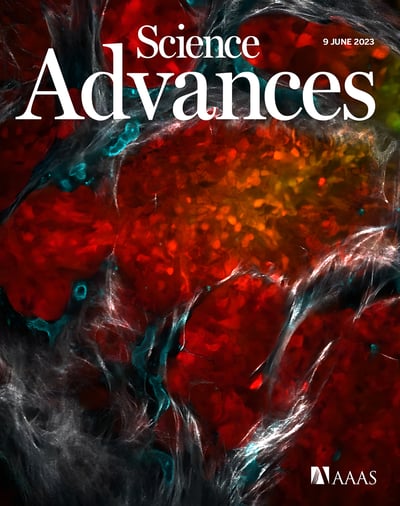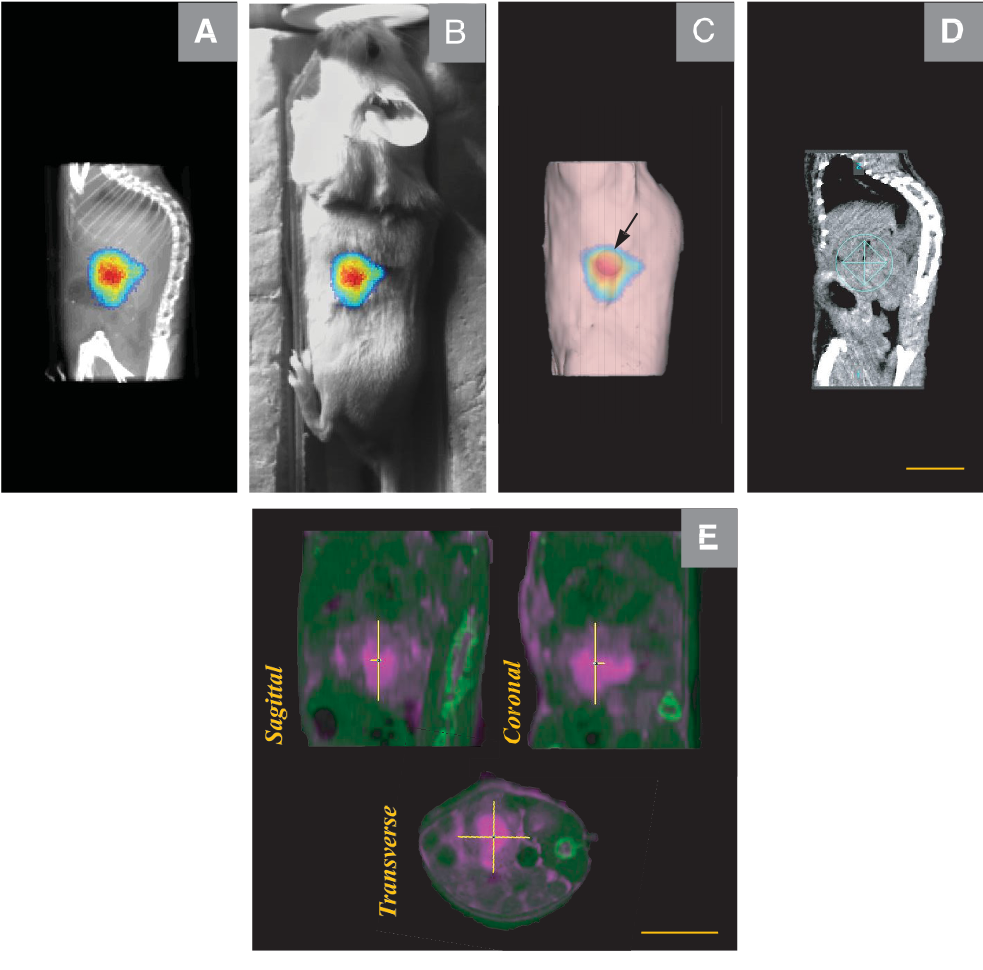A handheld device for intra-cavity and ex vivo fluorescence imaging of breast conserving surgery margins with 5-aminolevulinic acid
https://dacostalab.ca/wp-content/uploads/2024/05/Device-1030x678.jpg 1030 678 DaCosta Lab DaCosta Lab https://dacostalab.ca/wp-content/uploads/2024/05/Device-1030x678.jpgOur recent paper, “A handheld device for intra-cavity and ex vivo fluorescence imaging of breast conserving surgery margins with 5-aminolevulinic acid,” was published in the Biomedical Engineering Journal (June 2024). Visualization of cancer during breast conserving surgery (BCS) remains challenging; the BCS reoperation rate is reported to be 20-70% of patients. An urgent clinical need exists for real-time intraoperative visualization of breast carcinomas during BCS. We previously demonstrated the ability of a prototype imaging device to identify breast carcinoma in excised surgical specimens administration following 5-aminolevulinic acid (5-ALA) administration. However, this prototype device was not designed to image the surgical…
read more








